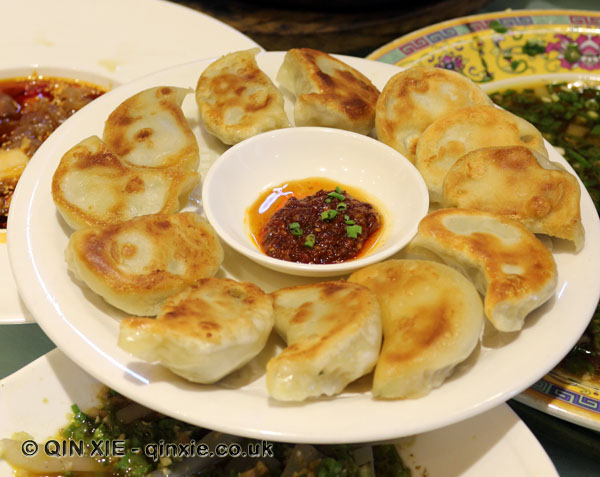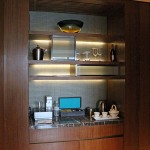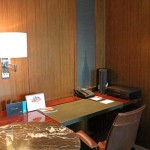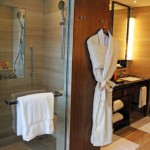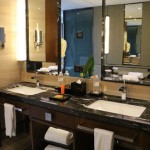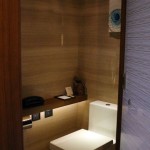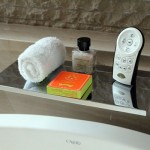Inspired by the many wonderful podcasts out there (including the viral series Serial and James Ramsden’s wonderful The Kitchen is on Fire) and my current addiction to audio books (great for on the go listening), I decided to start my own podcast. On drinks.
So, after a week of jiggling and editing, and another couple thinking, planning and organising, I’m proud to present my first podcast: Heard on the Grape Vine.

For now, Heard on the Grape Vine, or #HOTGV, will nestle on my wine blog, Amateur Wine, where you’ll find it under the category of HOTGV Podcast. The first episode, available now, is on whisky – you can find it here.
The podcasting process
If you’ve listened to the podcast, you’ll have noted a few hiccups. As my first attempt at podcasting, it’s far from perfect. Most notably, you’ll notice the difference in sound quality from the introduction (before the music) to the main segment (after the music).
Let me explain.
I was doing some equipment research before embarking on the podcast and had read wonderful reviews about the Roland R05. At around £150, it was a heavy investment and, as it was primarily used for music recording, I wasn’t sure how well it would fare for audio.
Roland kindly loaned me a R05 to try for the podcast – this is the high quality introduction you hear at the beginning of the podcast and the outro at the end. The middle segment, that is, the interview bit, was actually recorded with the Olympus WS-321M that I already had. Both were recorded indoors and in a relatively noise-free environment, though by no means a professional studio.
I intended to record the interview on both but, because I didn’t realise that the Ro5 goes into standby before recording (you have to press the record button twice), I only had one audio sample by the end of the segment. Actually there were a couple of other embarassing bloopers on the day but needless to say, not having the required recording came up top.
As I had already recorded the intro and outro separately, I decided to just go ahead and edit the two recordings together. If nothing else, it perfectly demonstrates that sometimes not knowing your equipment well enough is enough to foil the best laid plans.
So with my recordings to hand and a Royalty Free Music jig from Incompetech, I was ready to edit.
I downloaded Audacity, which I think many podcasters turn to. It’s free and fairly easy to get to grips with though all the files must be in WAV of mp3. (R05 records in WAV and WS-321M records in WMA and had to be converted.)
My 36 minute first offering was too large at 34mb to be uploaded to most free hosting sites for podcasting so I turned to podbean. My plan is currently $3 a month when paid annually – about £20.
And finally, after setting up feeds to iTunes and the likes, we have Heard on the Grape Vine.

Some tips on podcasting
If you’re thinking about podcasting too, here are a few take away tips to save you some time:
- Make sure you’re familiar with your equipment – i.e. don’t do what I did. If you’re at home and podcasting on your own, this is relatively easy to rectify but if you’re out and about and need to interview other people, it’s much harder to get a second recording.
- Let your guest or co-host know that you’re just going to nod in agreement to the things that they say. This will cut out a lot of the “yes” and “mmm hmmm”, which you might find yourself having to edit out later on.
- Script your podcast, just a little. You don’t need to write everything out word for word but unless you’re very good at just talking about your topic sensibly non-stop, it’s worth to have a back up. My intro and outros took more than just a little time because I kept tripping up on the message until I had the words in front of me.
- You don’t need really expensive equipment – though it helps on quality. I’m planning to record most of my podcasts on the go so needed portable equipment. My WS-321M was around £60 when I originally bought it and it’s been great for journalistic work, though it’s no longer on the market. I thought about getting an external microphone for it, which would boost the sound quality and cut the noise but that would have been around £40 for a good quality compatible one. The R05 as I mentioned is around £150 but the sound quality is a lot better, this is what I’m planning on sticking to. You can hear the difference yourself.
- Capture those incidental sounds. One of the things that I really wanted to get across was the realism of the moment so I really liked the little tinkling of water been poured or the bumps of glasses being moved. For me, as a listener, it put me in the front row. I hope my podcast can do the same for you.
